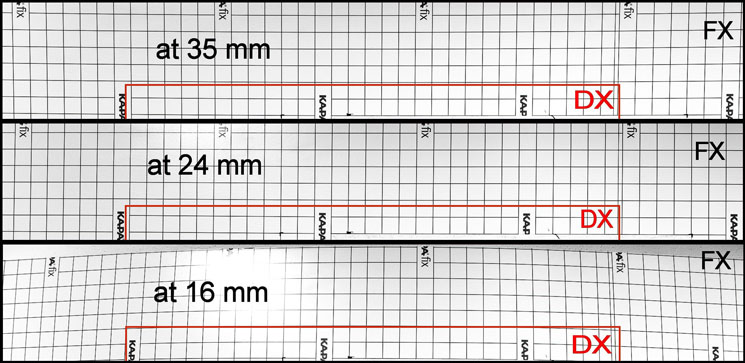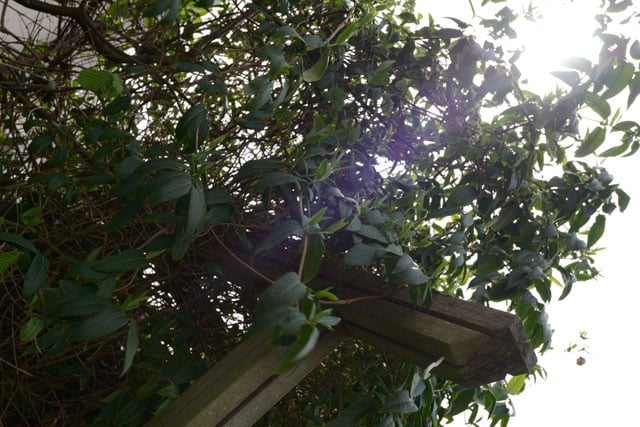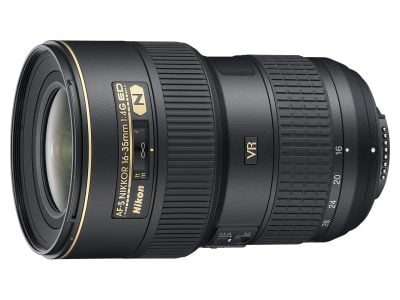Nikon 16-35mm f4G VR review
-
-
Written by Thomas
Quality
Distortions
Wide-angle zooms are prone to some heavy distortions and the Nikon 16-35/4.0G VR is no exception. See the following image which is a composite of three shots showing the upper quarter of the FX frame (in landscape orientation) shot at 35mm, 24mm, and 16mm respectively – with a red inset marking the DX frame. At 35mm the reproduction is almost straight in the DX-frame but the FX-frame shows some slight pincushion-distortions. At 24mm distortions are negligible across the frame. And at 16mm there’s a very prominent barrel-distortion which cannot be completely corrected in Lightroom.
Nikon AF-S 16-35mm f4.0G VR distortions shot at 35mm, 24mm, and 16mm |
| click on the image to access the 1920 pixel wide version |
Sharpness and contrast
Let’s have a look at the theoretical performance of this lens at the wide and the long end first:
New Nikon AF-S 16-35mm f/4.0G VR MTF | ||
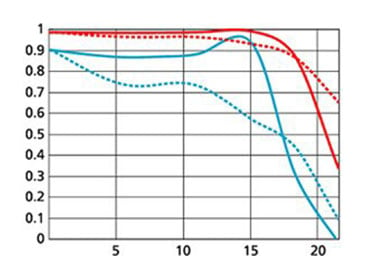 | 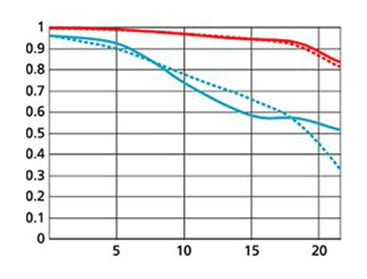 | |
| at 16mm, f4.0 | at 35mm, f4.0 | |
These MTF charts show the lens-performance at the largest aperture of f4.0. Higher values are better and the closer the dotted and the continuous lines of each color are together the less astigmatism (= resolution depends on the orientation of the test-pattern) the lens has. The x-axis displays the distance from the optical axis (=center of the sensor) in mm. I’ll show you the real-life performance at 4 mm (center), 13 mm (DX-corner), and 20 mm (FX-corner) on a D800.
From the charts the lens should show very high contrast at not too fine structures up to the borders of the FX sensor (up to 18mm). But sharpness declines rapidly on the short end if you go beyond the DX format: 30 line-pairs per mm could hardly be resolved at all in the FX-corners. There’s also some pronounced astigmatism in the DX-corner. At a focal length of 35mm resolution of fine details drops gracefully with little sign of astigmatism but it’s already down to 60% contrast in the corners of the DX sensor. But let’s see how this theoretical performance translates into real life results in the sharpness test based on Siemens-stars.
What follows are near-center results (first column) followed by DX-corner results and FX-corner results on a D800. The D800 results from the DX-corner should be a very good approximation for performance on a 16MP DX sensor (like the D7000), because the pixel-pitch of both sensors are the same. But differences in the AA-filter and micro-lens-design of a D800 and a D7000 might yield different end-results.
Processing was done in Lightroom 4.4 from RAW at camera standard settings. Noise-reduction is set to 0, sharpening to 70/0.5/36/10, with no extra tone, color, or saturation-adjustment. White-balance was adjusted to a neutral white and I did some exposure compensation to make the brightness match. CA-removal is ON.
The following are all 100% crops!
Here are the results at 16mm:
Nikon AF-S 16-35mm f/4.0G VR with Nikon D800 100% crop from center | Nikon AF-S 16-35mm f/4.0G VR with Nikon D800 100% crop from DX-corner | Nikon AF-S 16-35mm f/4.0G VR with Nikon D800 100% crop from FX-corner | ||
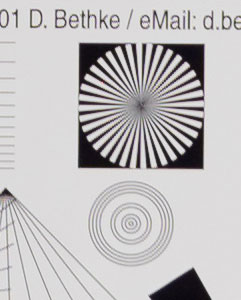 | 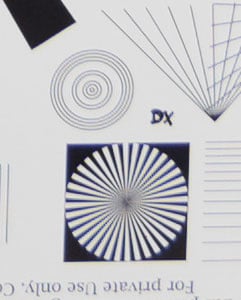 | 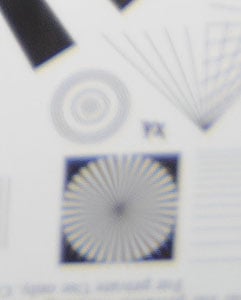 | ||
16mm, f4.0, 100 ISO | 16mm, f4.0, 100 ISO | 16mm, f4.0, 100 ISO | ||
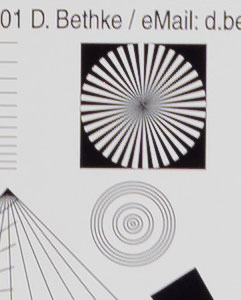 | 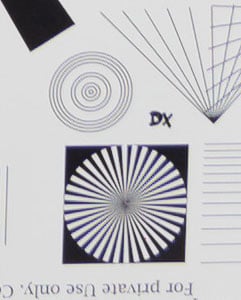 | 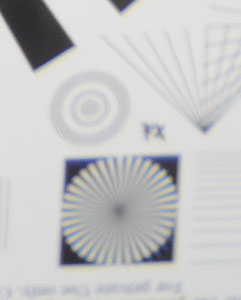 | ||
16mm, f5.6, 100 ISO | 16mm, f5.6, 100 ISO | 16mm, f5.6, 100 ISO | ||
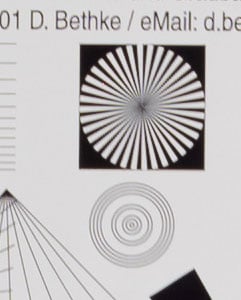 | 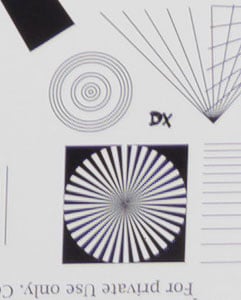 | 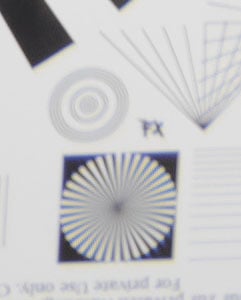 | ||
16mm, f8.0, 100 ISO | 16mm, f8.0, 100 ISO | 16mm, f8.0, 100 ISO | ||
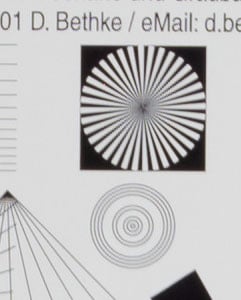 | 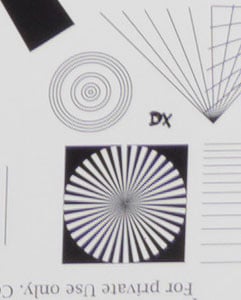 | 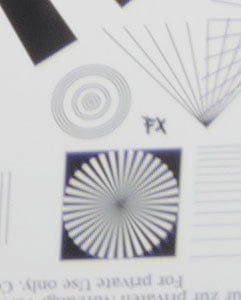 | ||
16mm, f11, 100 ISO | 16mm, f11, 100 ISO | 16mm, f11, 100 ISO |
These 100% crops directly from a 36MP D800 sensor show that this lens behaves almost as expected from the MTF chart: Very good performance in the DX image-circle but a mushy FX-corner wide open. Stopping down to f8 or even f11 could not lift the FX-corner to a good level. Barrel distortions are clearly visible.
Similar story at 18mm:
Nikon AF-S 16-35mm f/4.0G VR with Nikon D800 100% crop from center | Nikon AF-S 16-35mm f/4.0G VR with Nikon D800 100% crop from DX-corner | Nikon AF-S 16-35mm f/4.0G VR with Nikon D800 100% crop from FX-corner | ||
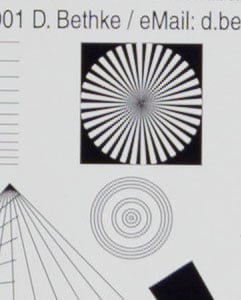 | 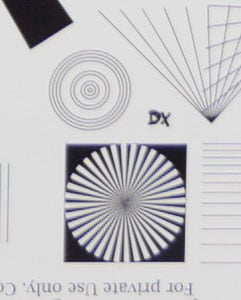 | 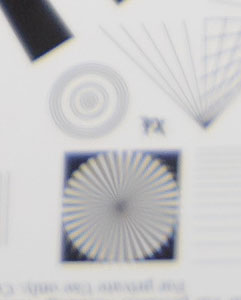 | ||
18mm, f4.0, 100 ISO | 18mm, f4.0, 100 ISO | 18mm, f4.0, 100 ISO | ||
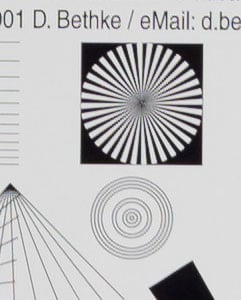 | 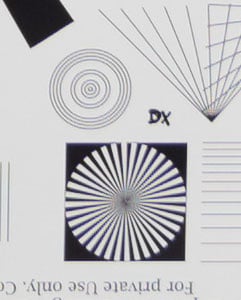 | 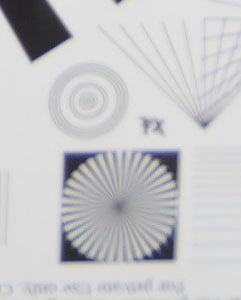 | ||
18mm, f5.6, 100 ISO | 18mm, f5.6, 100 ISO | 18mm, f5.6, 100 ISO | ||
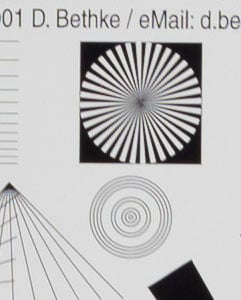 | 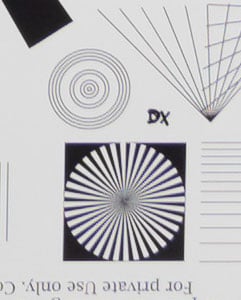 | 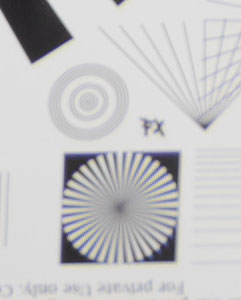 | ||
18mm, f8.0, 100 ISO | 18mm, f8.0, 100 ISO | 18mm, f8.0, 100 ISO | ||
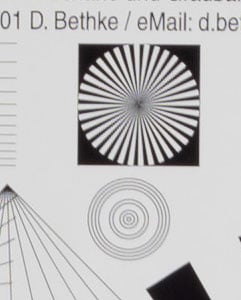 | 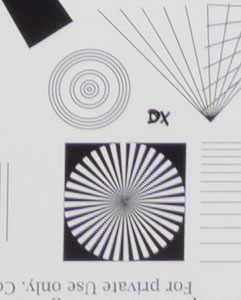 | 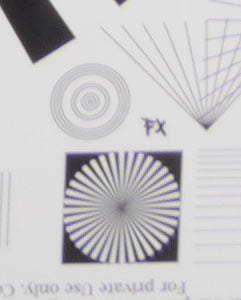 | ||
18mm, f11, 100 ISO | 18mm, f11, 100 ISO | 18mm, f11, 100 ISO |
At 24mm the DX-corner becomes a bit soft wide open but the FX-corner is now clearly better defined although it still suffers in overall contrast from haloing wide open. Stopping down to f8 the lens shows a pretty even performance across the whole full-frame sensor. 24mm is also the focal length where the lens produces only a little field-curvature:
Nikon AF-S 16-35mm f/4.0G VR with Nikon D800 100% crop from center | Nikon AF-S 16-35mm f/4.0G VR with Nikon D800 100% crop from DX-corner | Nikon AF-S 16-35mm f/4.0G VR with Nikon D800 100% crop from FX-corner | ||
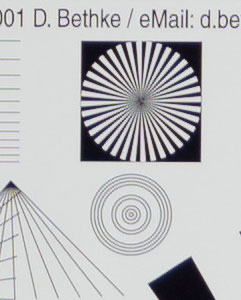 | 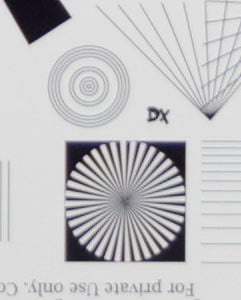 | 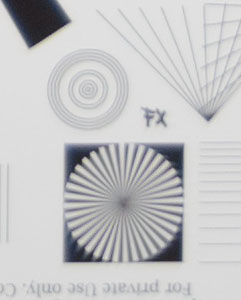 | ||
24mm, f4.0, 100 ISO | 24mm, f4.0, 100 ISO | 24mm, f4.0, 100 ISO | ||
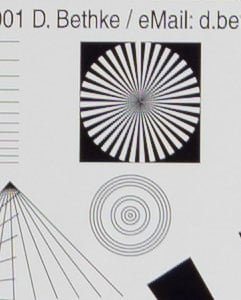 | 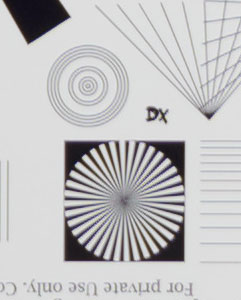 | 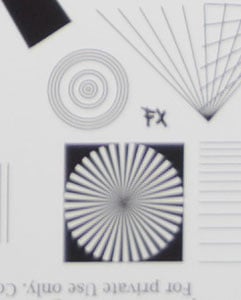 | ||
24mm, f5.6, 100 ISO | 24mm, f5.6, 100 ISO | 24mm, f5.6, 100 ISO | ||
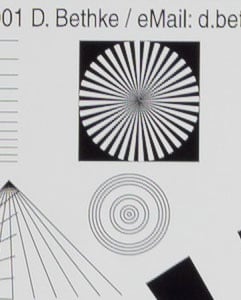 | 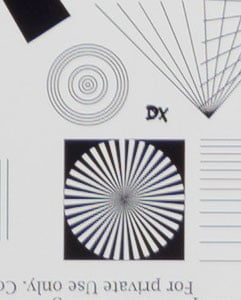 | 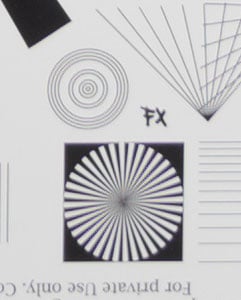 | ||
24mm, f8.0, 100 ISO | 24mm, f8.0, 100 ISO | 24mm, f8.0, 100 ISO | ||
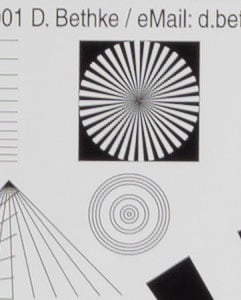 | 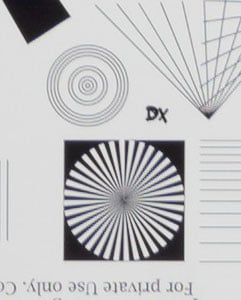 | 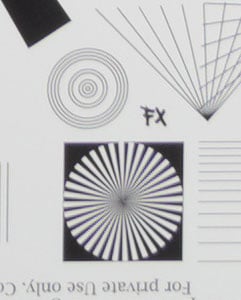 | ||
24mm, f11, 100 ISO | 24mm, f11, 100 ISO | 24mm, f11, 100 ISO |
Pretty similar results at 35mm although now the DX-corner stays a bit soft even when stopping down to f8. FX-corner and DX-corner perform comparably. Some visible pin-cushion distortion has developed:
Nikon AF-S 16-35mm f/4.0G VR with Nikon D800 100% crop from center | Nikon AF-S 16-35mm f/4.0G VR with Nikon D800 100% crop from DX-corner | Nikon AF-S 16-35mm f/4.0G VR with Nikon D800 100% crop from FX-corner | ||
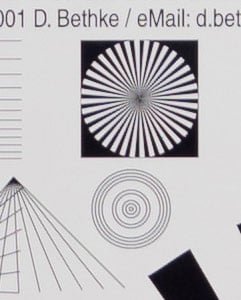 | 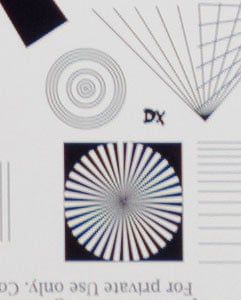 | 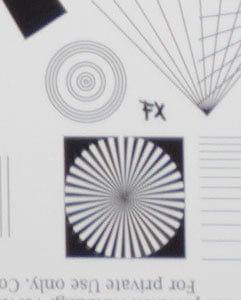 | ||
35mm, f4.0, 100 ISO | 35mm, f4.0, 100 ISO | 35mm, f4.0, 100 ISO | ||
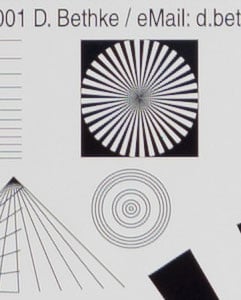 | 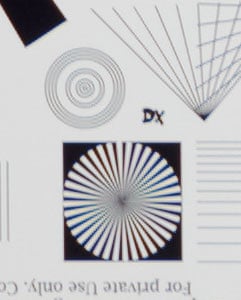 | 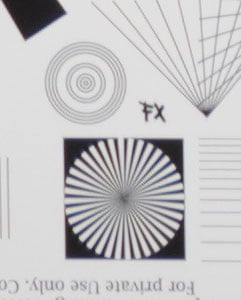 | ||
35mm, f5.6, 100 ISO | 35mm, f5.6, 100 ISO | 35mm, f5.6, 100 ISO | ||
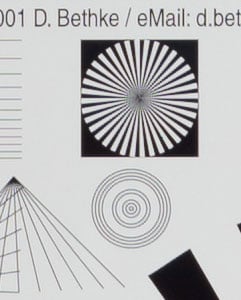 | 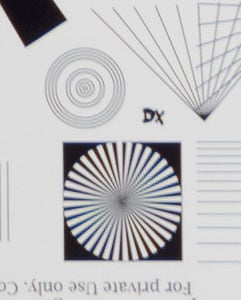 | 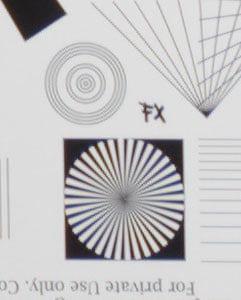 | ||
35mm, f8.0, 100 ISO | 35mm, f8.0, 100 ISO | 35mm, f8.0, 100 ISO | ||
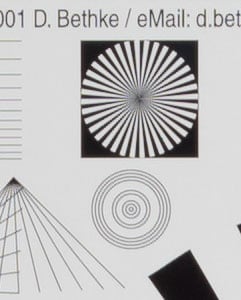 | 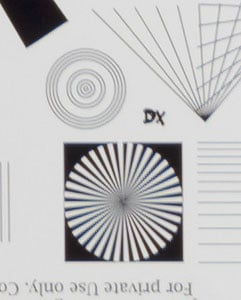 | 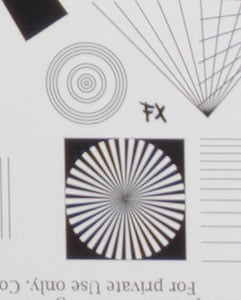 | ||
35mm, f11, 100 ISO | 35mm, f11, 100 ISO | 35mm, f11, 100 ISO |
I also tested the lens at 21mm and 28mm. But the performance was similar to the neighboring focal lengths, so there’s no need to present them here.
Performance at large distances
The Siemens-star test-targets are shot at a distance of 40x focal length (i.e. at 1m for 25mm f.l.). But performance of lenses also depends on the shooting distance. Therefore I do another series of test-shots of a landscape dubbed the “Unremarkables” where you can measure distances in km, not meter. Processing was done in Lightroom 4.4 from RAW at Adobe Standard settings. Noise-reduction is set to 0, sharpening to 70/0.5/36/10, with no extra tone or saturation-adjustment. Only white-balance is adjusted to compensate a bit for the blueish light and make these shots comparable to others taken at the same time. And I applied small amounts of exposure compensation to make brightness match. There’s no tinkering with vignette-control so you see it here as it is produced by the lens. Focus was acquired at the largest aperture in contrast-based AF and not changed for other apertures.
You can click on each image to access the large original. Please respect our copyright and only use those images for personal use.
The main image shows the complete scene at largest aperture to give you an impression of the angle of view and to judge vignetting. This is followed by one row of 100% crops at different apertures each from the middle and the right (FX-) border. Please keep in mind that the atmosphere was not perfectly clear on that day so contrast suffered especially on the center crops of the building that is almost 3km away. But you can still judge the reproduction of fine details.
Let’s start with 16mm focal length:
| Unremarkables at 16mm: Infinity shots with Nikon 16-35mm f/4.0G VR on a D800 | ||||
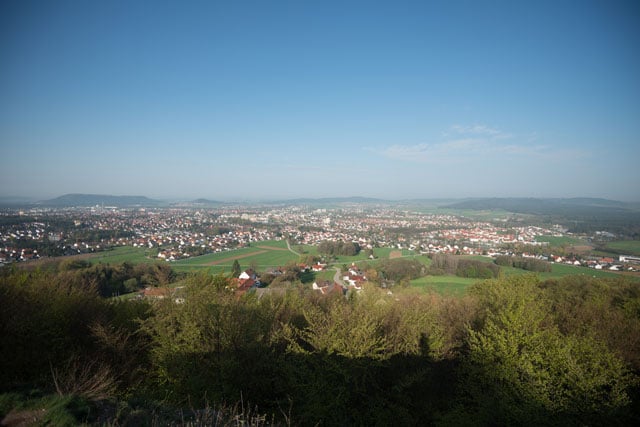 | ||||
| 16mm, f4.0, 100 ISO; Below: 100% crops from the main image at different apertures | ||||
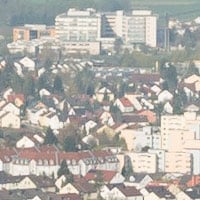 | 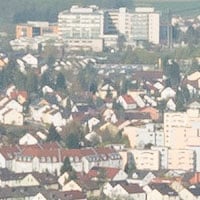 | 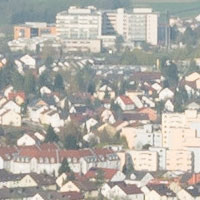 | ||
16mm, f4.0, 100 ISO, center | 16mm, f5.6, 100 ISO, center | 16mm, f8, 100 ISO, center | ||
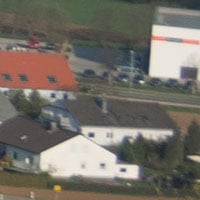 | 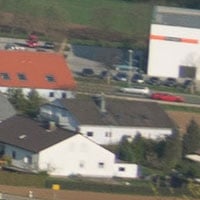 | 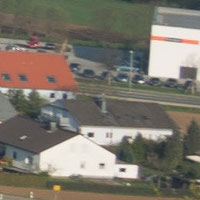 | ||
16mm, f4.0, FX-border | 16mm, f5.6, FX-border | 16mm, f8, FX-border | ||
Vignetting is pretty strong at 16mm. Performance at the center is very good already wide open. The FX-border clearly profits from stopping down to f5.6 and then delivers a very respectable performance. The border looks clearly better than what the Siemens-star test-shots showed for the extreme FX-corner, proving the lens performs better with more distant subjects. This is why I always test lenses on subjects at inifnity in addition to charts at close range.
Similar performance at 18mm:
| Unremarkables at 18mm: Infinity shots with Nikon 16-35mm f/4.0G VR on a D800 | ||||
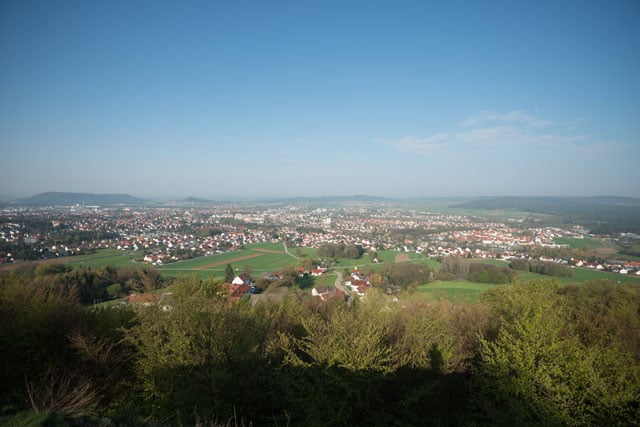 | ||||
| 18mm, f4.0, 100 ISO; Below: 100% crops from the main image at different apertures | ||||
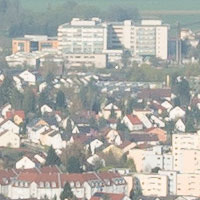 | 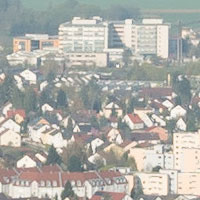 | 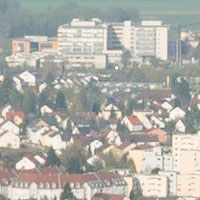 | ||
18mm, f4.0, 100 ISO, center | 18mm, f5.6, 100 ISO, center | 18mm, f8, 100 ISO, center | ||
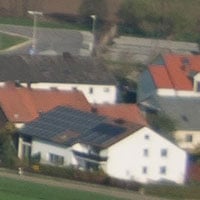 | 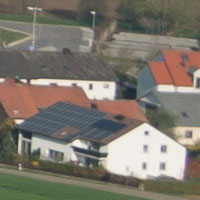 | 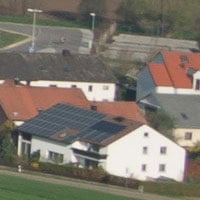 | ||
18mm, f4.0, FX-border | 18mm, f5.6, FX-border | 18mm, f8, FX-border | ||
At 24mm vignetting becomes clearly less pronounced than at 16mm or 18mm:
| Unremarkables at 24mm: Infinity shots with Nikon 16-35mm f/4.0G VR on a D800 | ||||
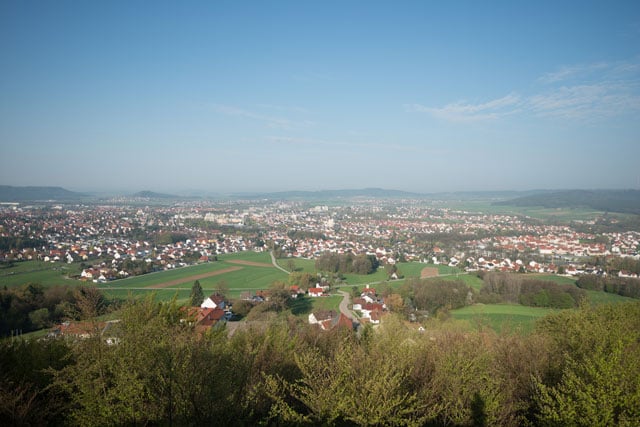 | ||||
| 24mm, f4.0, 100 ISO; Below: 100% crops from the main image at different apertures | ||||
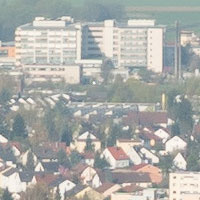 | 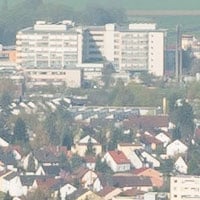 | 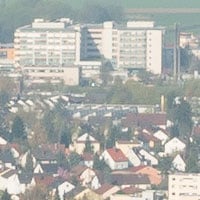 | ||
24mm, f4.0, 100 ISO, center | 24mm, f5.6, 100 ISO, center | 24mm, f8, 100 ISO, center | ||
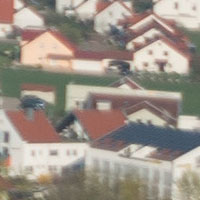 | 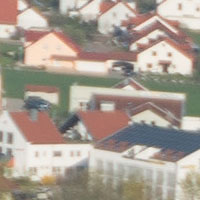 | 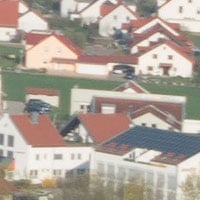 | ||
24mm, f4.0, FX-border | 24mm, f5.6, FX-border | 24mm, f8, FX-border | ||
And lastly 35mm:
| Unremarkables at 35mm: Infinity shots with Nikon 16-35mm f/4.0G VR on a D800 | ||||
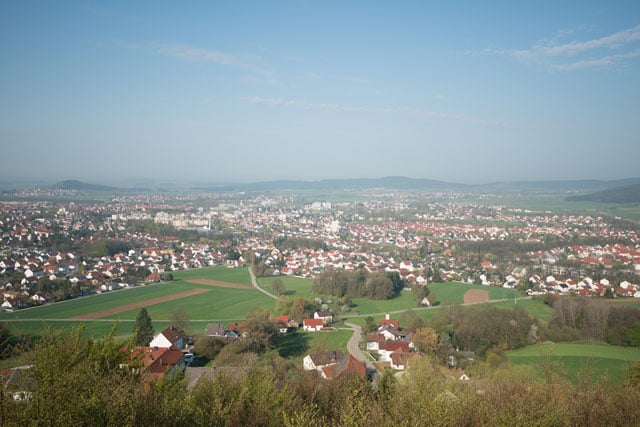 | ||||
| 35mm, f4.0, 100 ISO; Below: 100% crops from the main image at different apertures | ||||
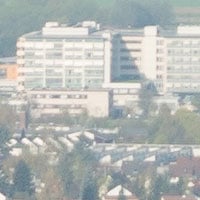 |  | 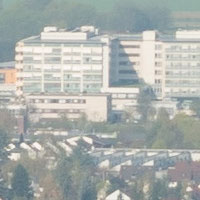 | ||
35mm, f4.0, 100 ISO, center | 35mm, f5.6, 100 ISO, center | 35mm, f8, 100 ISO, center | ||
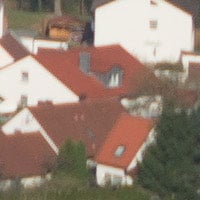 | 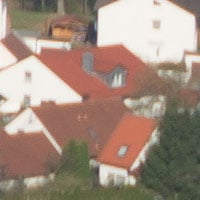 | 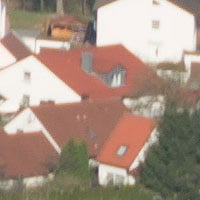 | ||
35mm, f4.0, FX-border | 35mm, f5.6, FX-border | 35mm, f8, FX-border | ||
The center performs pretty good at 35mm but the FX-border stays soft even up to f8. Vignetting is low.
All-in-all the lens shows a fair performance near and far even on the very critical 36MP sensor of a D800. But you have to accept that on the short end this lens never produces good FX-corners regardless of how far you stop down. That’s a pity because within the DX image-circle and even up to the FX-border image quality is good to very good at the wide end if you can cope with the barrel distortions and light fall-off. At 24mm the lens produces its most balanced images: free of distortions and with only little light fall-off and a very even performance across the full frame on a good to very good level. The lens also responds very well to stopping down at 24mm and at f8 you’ve got peak performance. On the long end performance outside the center drops a bit.
Flare/ghosting
Shooting normal or wide-angle lenses always runs the risk of catching a strong light-source like the sun shining directly into the lens. This could produce strange colorful ghosts-images or reduce contrast considerably through flare and glare.
The appearance of flare and ghosting depends on factors like the aperture and the angle of the light hitting the lens. So to judge the proclivity of a lens for these artifacts I did a series of shots against the sun to provoke glare, flare and ghosting.
| Flare/Glare: shot with Nikon 16-35mm f/4.0G VR at 35mm f11 on a D800 |
| 35mm, f11, 100 ISO |
The image shows the worst flare that I could produce with this lens of 28 similar shots. 4 other shots produced some very weak ghosts which shows that Nikon did its homework to counter the proneness of such a complex design to flare/ghosting. There’s also very little veiling glare and the blacks are mostly black.
Now let’s check out some Nikon 16-35mm VR sample images or if you’ve seen enough, head over to my verdict.
